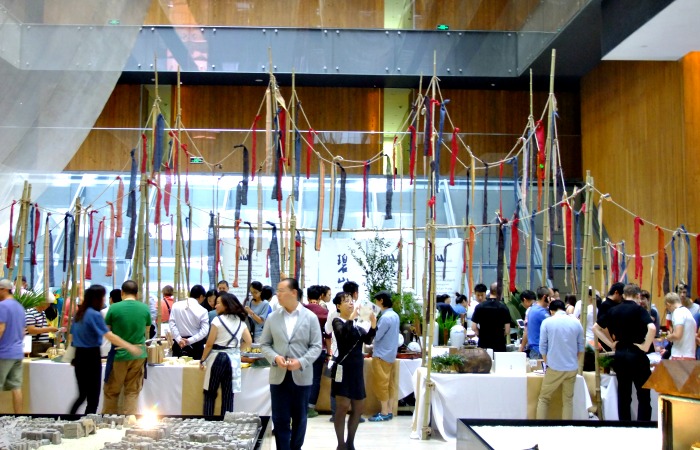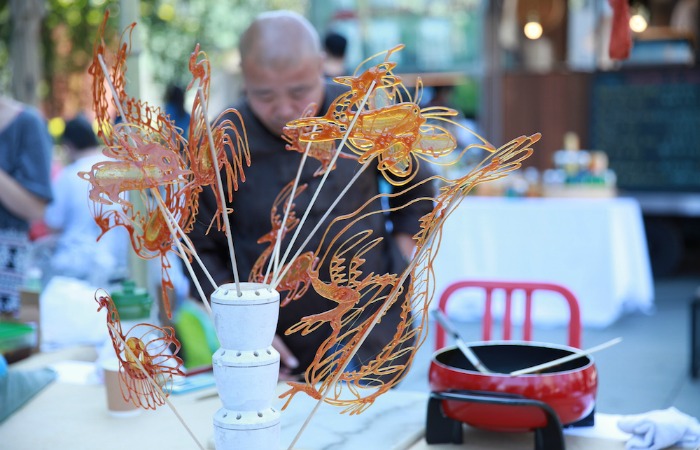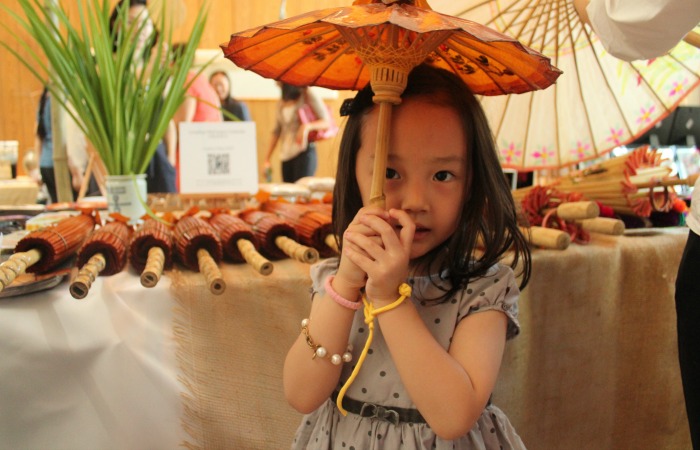Explore the best of Tibet with our short guide to the region. Below are our choices for the most awe-inspiring sights, unique cultural escapes, and some AsiaTravel extras for the traveler seeking to journey even deeper.
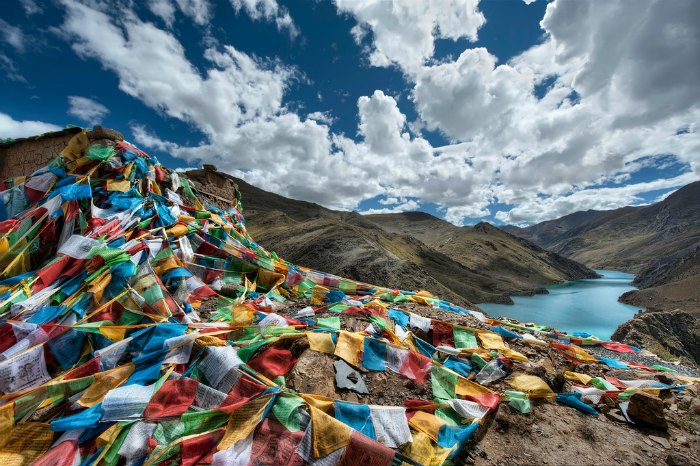
Photo by: Christian Oritz via Flickr
Glacial lakes, soaring mountain peaks, and rolling grasslands make up the Tibetan Plateau, an area that is roughly 4,500m above sea level, earning it the nickname name: “The Roof of the World.” Not only are some of the earth’s most dramatic landscapes found here, but it was under these white, snowy peaks that Lama Buddhism grew and intertwined is spiritual threads into the every aspect of life in Tibet. Down the halls of ancient monasteries, you will catch the fragrant scent of incense. Step outside and you will hear the spinning prayer wheels, as monks from young to old vigorously debate religious philosophy in a courtyard nearby.
The Must-See Sights
This is one of Asia’s most geographically and culturally rich destinations; here are the sites you cannot miss on a trip to Tibet:
1. Potala Palace
The Potala Palace is probably one of the first things that come to mind when you think of Tibet. But just what makes the palace such a draw to travelers? It is the ancient seat of the Tibetan government and the past residence of the Dalai Lama. A climb up will lead you to more than 1000 rooms filled with shrines and statues as well as precious works of art displaying Tibetan history and the life of the Dalai Lama. Descend down to the plains of Lhasa below to view the equally impressive view looking back and snap your own photos of this ancient marvel.
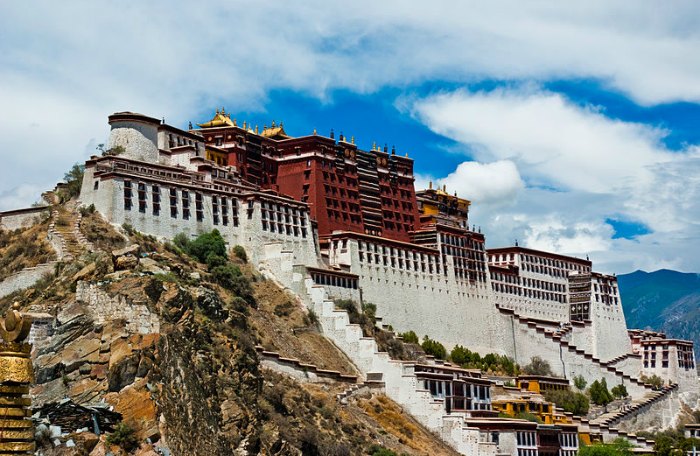
Photo: Wikimedia Commons
2. Sera Monastery
Twenty-eight acres of temple courtyards and monks’ dormitories, the Sera Monastery is one of the world’s most prestigious Buddhist universities. Enter here and lose yourself among the 125 ancient and unique pillars of Coqen Hall and admire the unparalleled frescos of Me Zhacang. In the afternoon, head to one of the courtyards and witness monks animatedly debate Buddhist philosophy as they advance their studies.
Why travel with AsiaTravel?
Our Tibetan guides are passionate about their local culture and religion. Lean in and let your guide explain the themes of these intellectual debates – the contents might just surprise you. Get started designing your trip to Tibet.
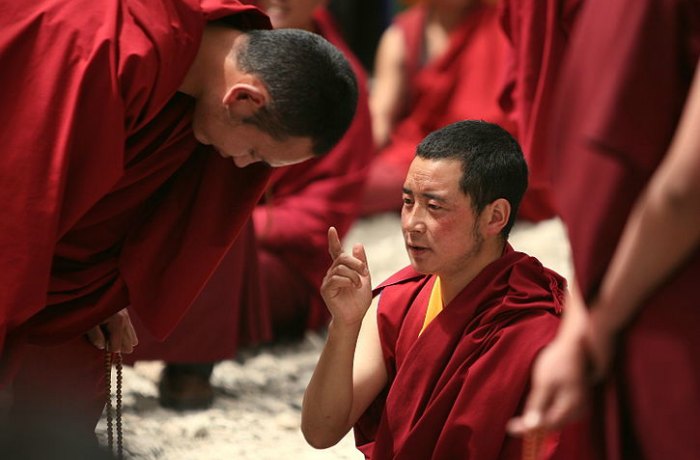
Photo: Wikimedia Commons
3. Yamdrok Tso Lake
When the Dalai Lama passes away this is where senior lamas come in search of signs for his reincarnated soul. Yamdrok Tso Lake is one of Tibet’s three sacred lakes and local Tibetans often make pilgrimages to its shores. Whatever the reason for the journey, travelers will admire the turquoise waters as they glitter in sunlight and the lake slowly winds its way through the dry, grey slopes of the mountains rising gently above.
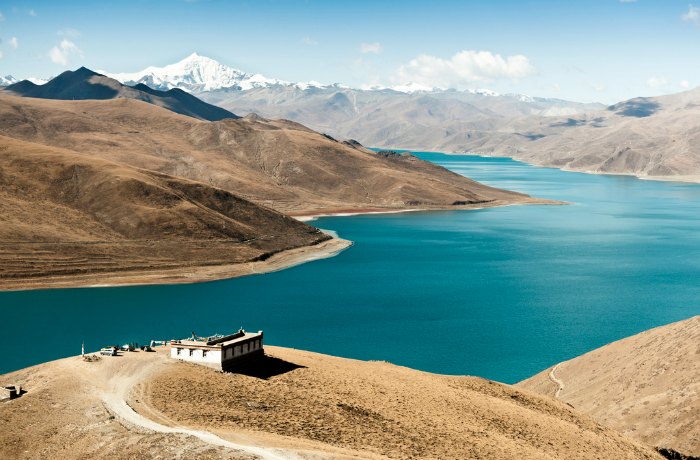
Photo by Göran Höglund via Flickr
Why travel with AsiaTravel?
Enjoy a picnic prepared for you next to these deep blue waters as white clouds float over the mountains in the pastel sky above. Begin your journey to Lhasa.
4. Jokhang Temple
The oldest and most sacred Buddhist site in Tibet, Jokhang Temple is a sight to see not only for its beautiful construction but also for the large groups of pilgrims who go daily for worship. Surrounded by a blend of 7th century Nepalese and Indian architecture, worshipers recite mantras, kindle the continuously lit chömay (butter lamps), and honor deities. The temple is also home to Tibet’s most scared relic: the Jowo Rinpoche, or Jowo Shakyamuni, a scripture written by Buddha at age twelve. The roof awards you with stunning views of Potala Palace against a backdrop of snowcapped mountains. If interested, you can rise early to join the pilgrims in the traditional kora (prayer circuit).
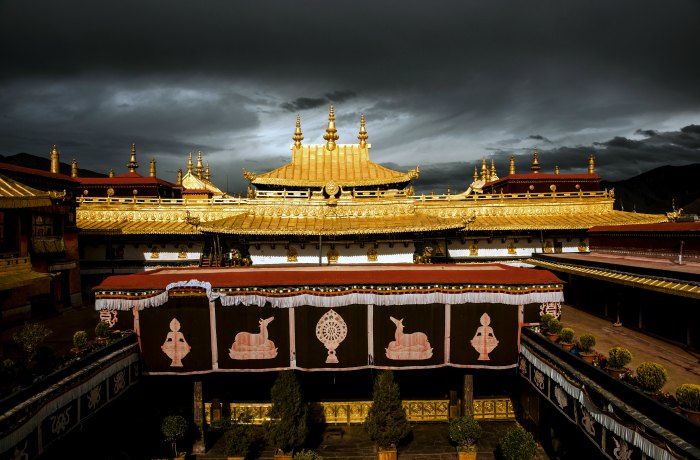
Photo by Kuan Sun via Flickr
5. Local Life: Barkhor Market and Prayer Wheels
Take take a small jaunt off the path of popular sites and step into the lively Bakhor market to a get a glimpse of daily life in Tibet. Located amidst the narrow lanes of Lhasa’s old neighborhood, Barkhor Street bustles with local vendors and shoppers chatting and bargaining. Browse the multicolored handicraft stalls where brightly colored beads hang alongside painstakingly crafted silver trinkets. Here too you can watch watch pilgrims circling the Jokhang Monastery prayer circuit. Follow the Barkhor pilgrimage route yourself to see locals spinning prayer wheels, and getting some good exercise as they chat and catch up with fellow devotees.
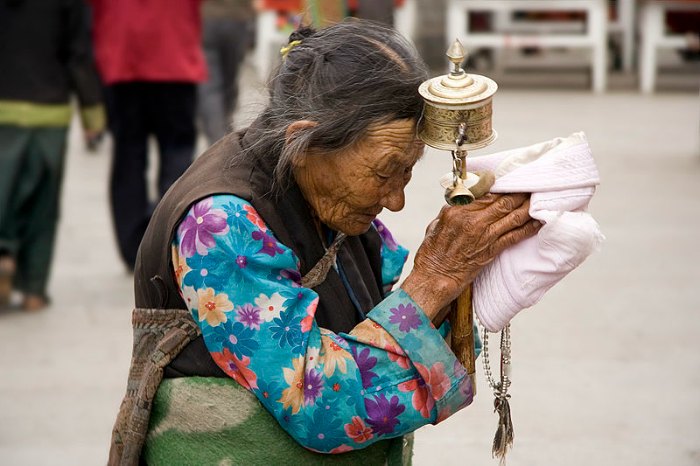
Photo: Wikimedia Commons
More time in Tibet?
• Observe the traditional woodblock printing methods that monks use to copy scripture. Try your hand at this important art and bring your own piece of Tibetan scripture home.
• Visit a Lhasa NGO that specializes in empowering Tibetan artists, keeping local ancient art traditions alive, and selling the artwork of local masters.
• Stop by an old Tibetan pharmacy and learn about ancient medicine traditions based on Buddha’s teachings that have been evolving for nearly 2,500 years. An expert in Tibetan medicine will meet with you and describe all the fascinating aspects of this unique medical philosophy that focuses on the mind, body, and spirit.
• Want an even more in-depth Tibet experience? Embark on our award-winning multi-week expedition across Tibet.

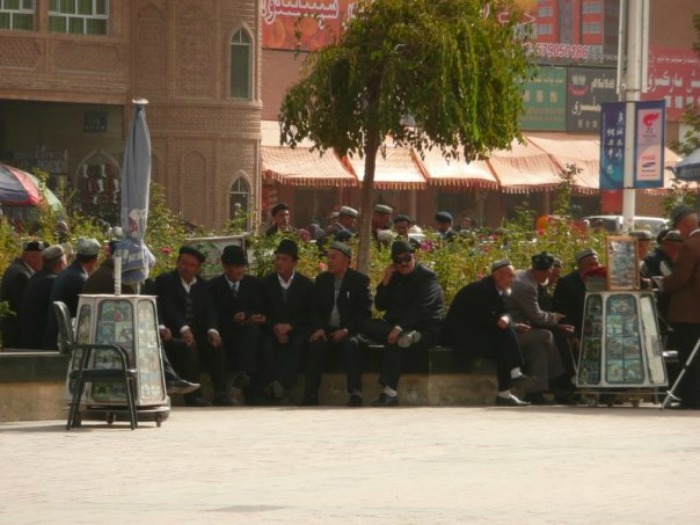
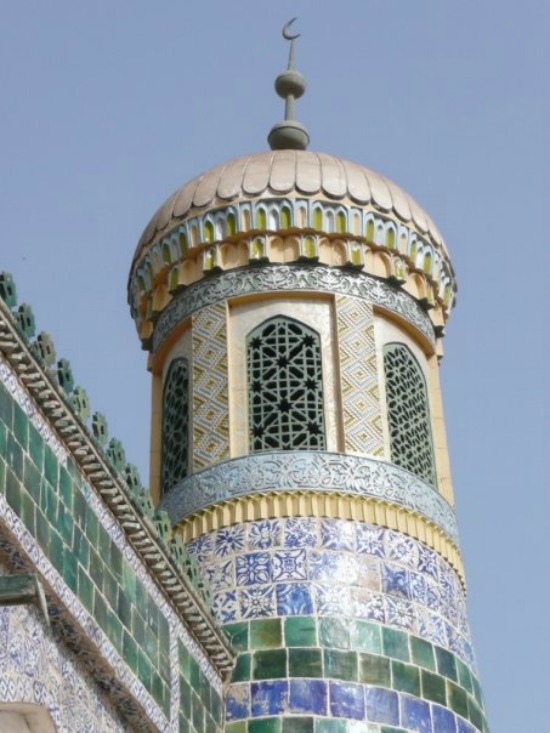
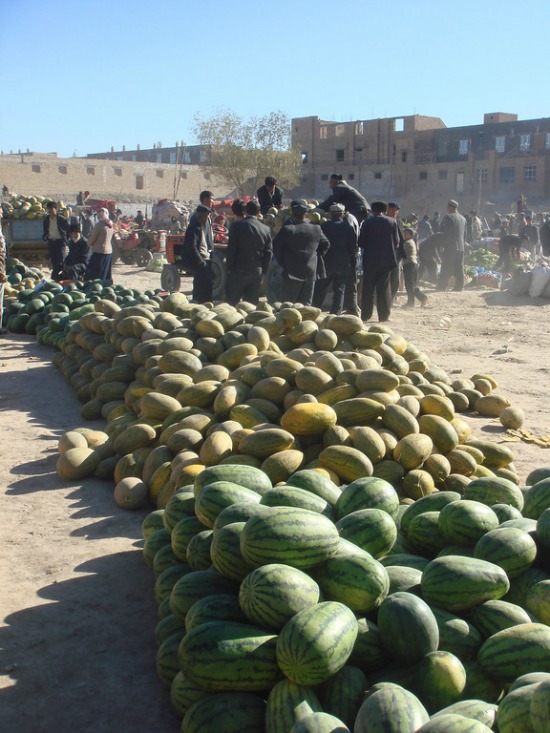 Turpan is a great place to try Xinjiang’s famous melons and grapes. If you go to Xinjiang, you’ll hear a lot about their fruit. I wrote all this talk off until I actually tasted some. How could fruit taste this much better than any other fruit I’d had in my whole life?
Turpan is a great place to try Xinjiang’s famous melons and grapes. If you go to Xinjiang, you’ll hear a lot about their fruit. I wrote all this talk off until I actually tasted some. How could fruit taste this much better than any other fruit I’d had in my whole life?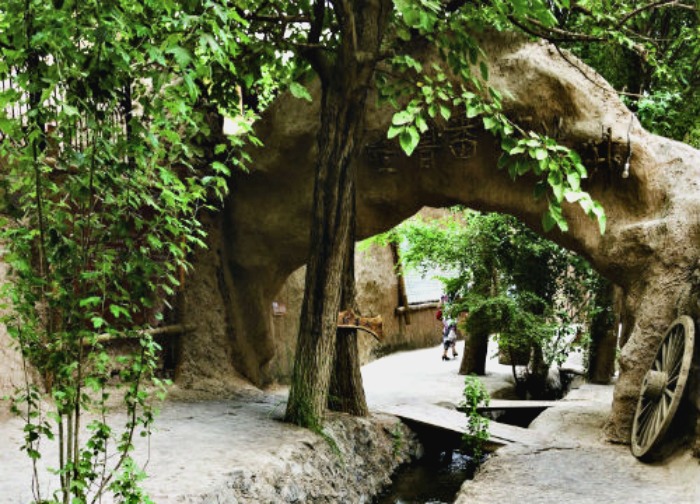 Another place to visit while in Turpan is the karez irrigation system. The karez is a fascinating feat of ancient engineering that turned the desert into arable farmland. It was a system of vertical wells, linked by miles of underground tunnels. These tunnels tapped into the groundwater supply and drained it into the valley.
Another place to visit while in Turpan is the karez irrigation system. The karez is a fascinating feat of ancient engineering that turned the desert into arable farmland. It was a system of vertical wells, linked by miles of underground tunnels. These tunnels tapped into the groundwater supply and drained it into the valley.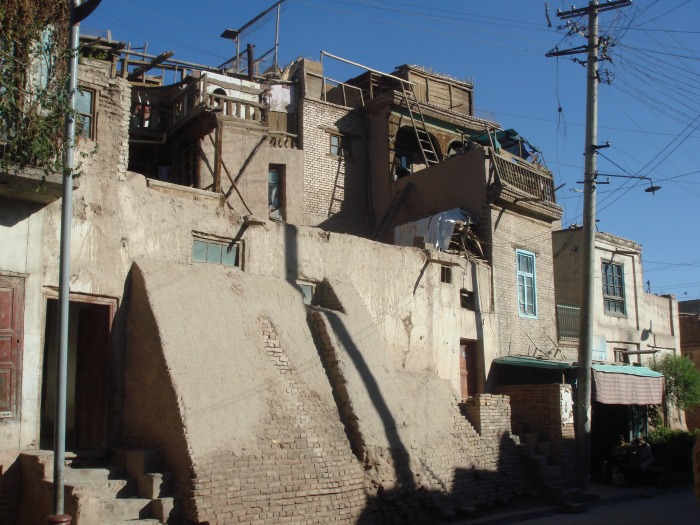
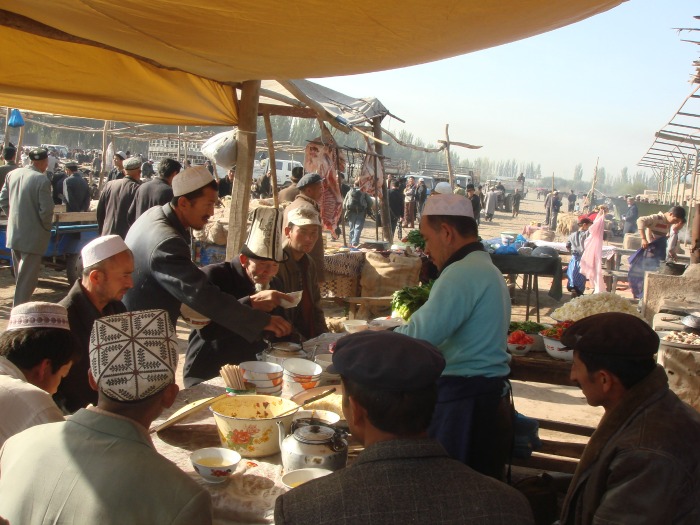 Kashgar is also the place to check out the local bazaar. Though the largest bazaar in the world is in Urumqi, Kashgar’s outdoor bazaar is a truly unique cultural experience.
Kashgar is also the place to check out the local bazaar. Though the largest bazaar in the world is in Urumqi, Kashgar’s outdoor bazaar is a truly unique cultural experience.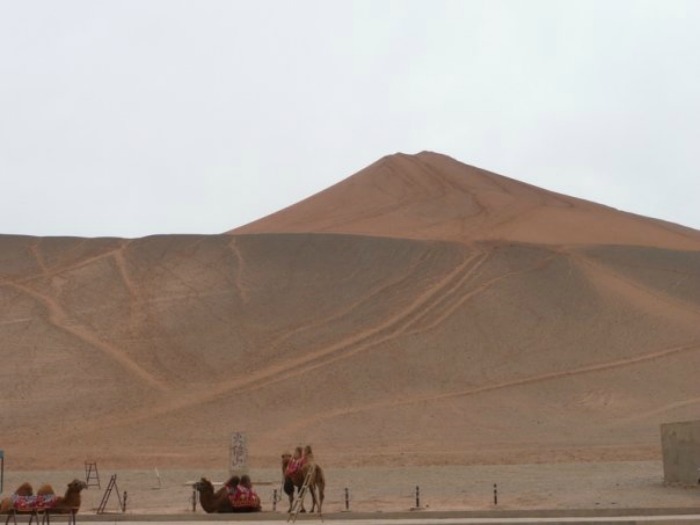 Of course I also did what one must do in the desert and rode some camels! It was a fun, but slightly scary experience. You don’t realize just how tall a camel is until you’re riding high up on one along the desert sands.
Of course I also did what one must do in the desert and rode some camels! It was a fun, but slightly scary experience. You don’t realize just how tall a camel is until you’re riding high up on one along the desert sands.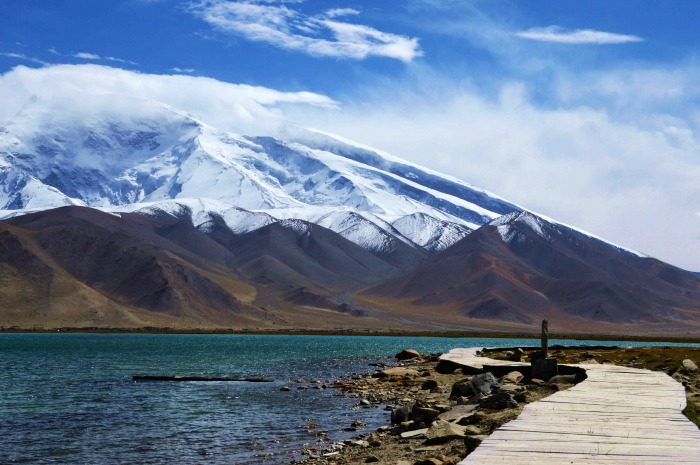
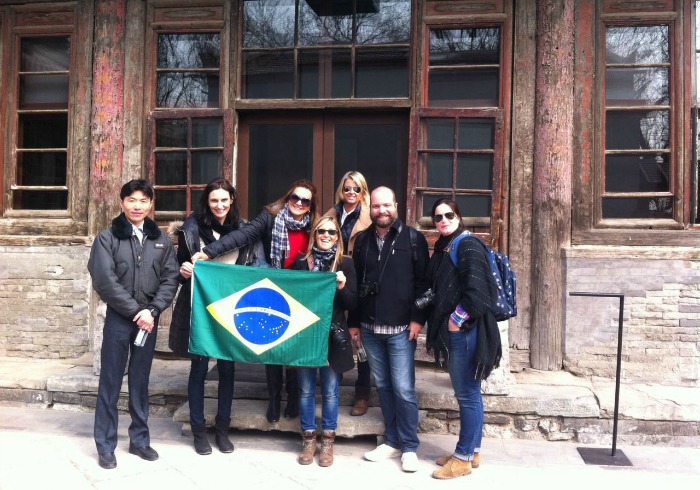 Here is the whole group, ready for a day of exploring Beijing with their AsiaTravel guide.
Here is the whole group, ready for a day of exploring Beijing with their AsiaTravel guide.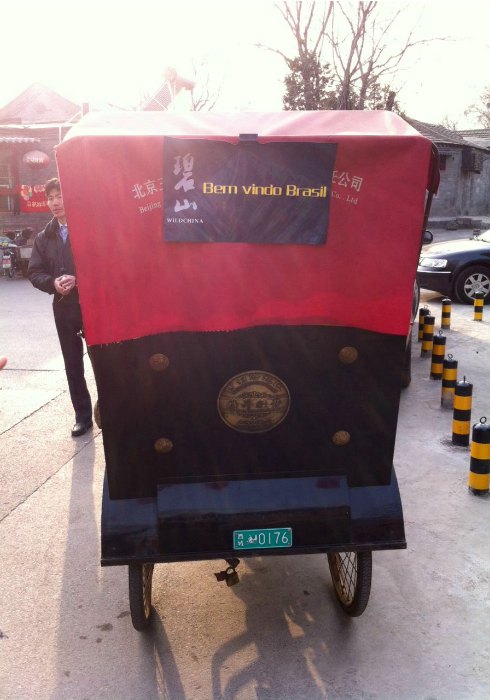 Special transport for our special guests!
Special transport for our special guests!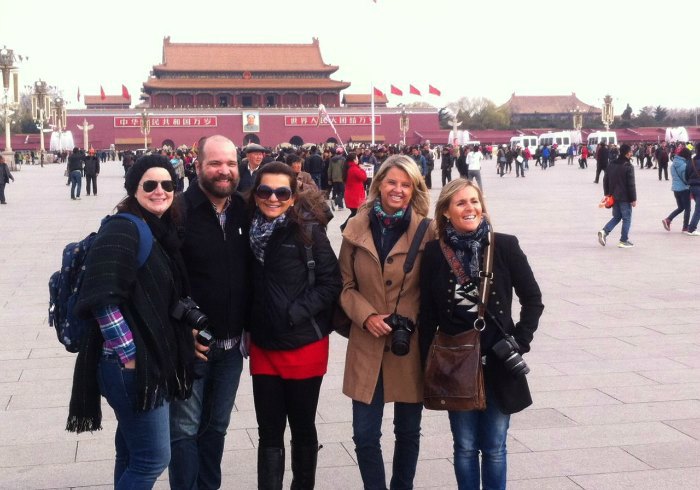 Standing in Tiananmen Square, with the Forbidden City behind.
Standing in Tiananmen Square, with the Forbidden City behind.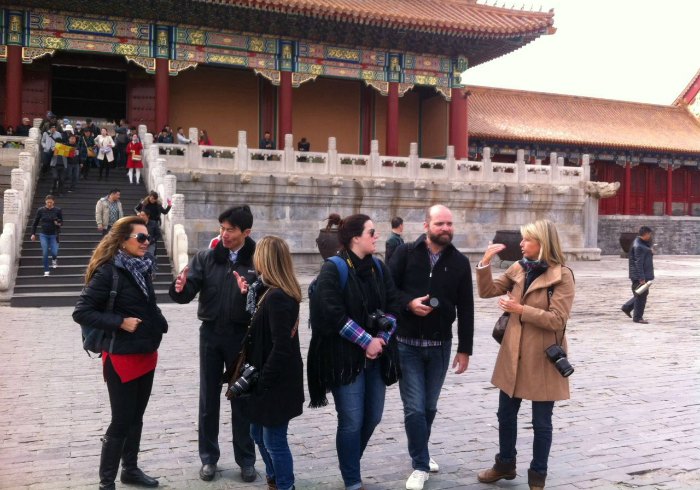 Exploring and discussing the Forbidden City – now an official museum, but once closed to the public for nearly half a millennia.
Exploring and discussing the Forbidden City – now an official museum, but once closed to the public for nearly half a millennia.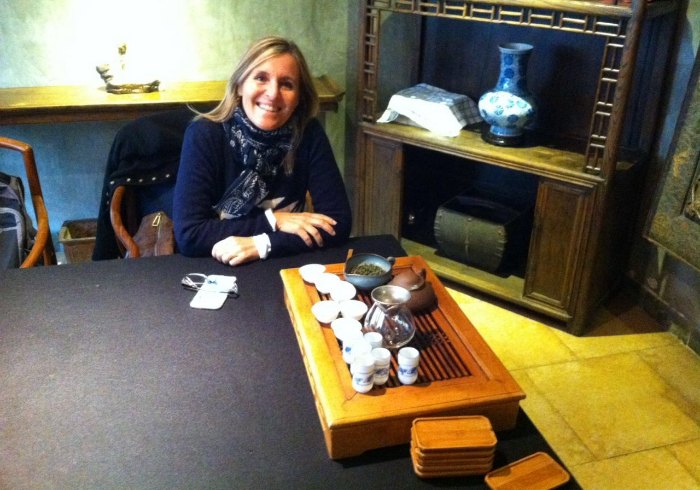 Learning about the intricate details of a Chinese tea ceremony.
Learning about the intricate details of a Chinese tea ceremony.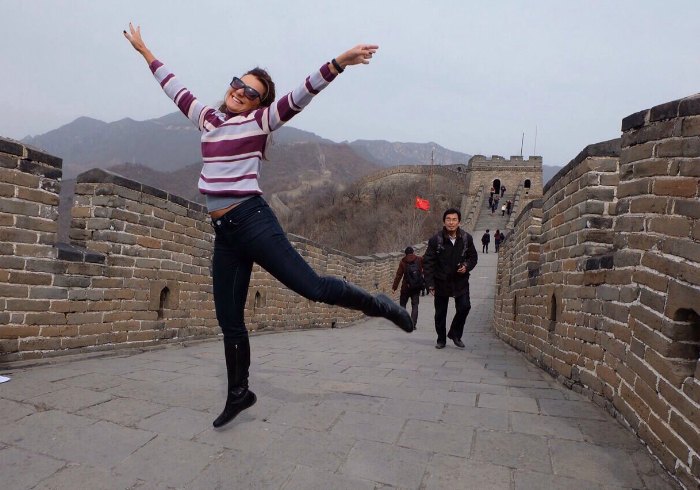 First time to China. First time on the Great Wall!
First time to China. First time on the Great Wall!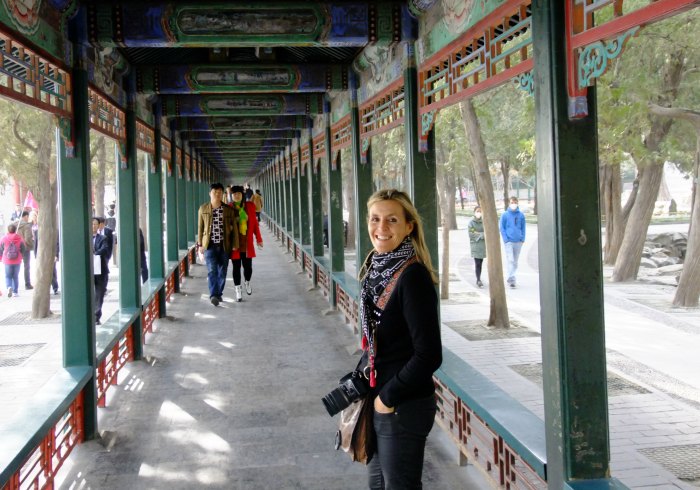 The iconic Long Corridor at the Summer Palace.
The iconic Long Corridor at the Summer Palace.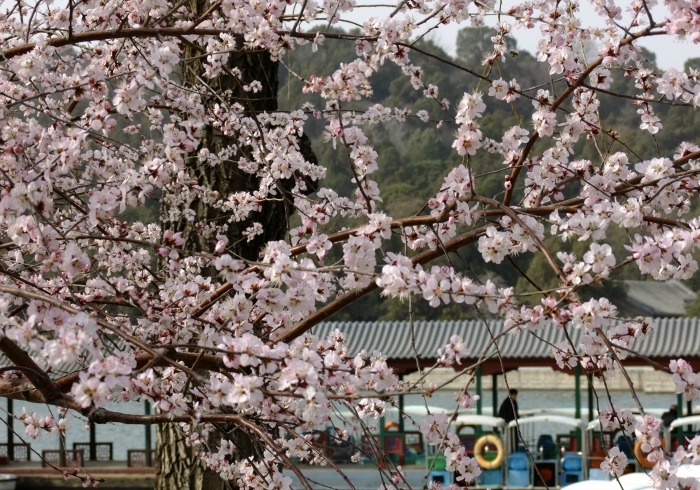 Just in time for cherry blossoms that have just bloomed all over the city! These were along the Kunming lake inside the Summer Palace.
Just in time for cherry blossoms that have just bloomed all over the city! These were along the Kunming lake inside the Summer Palace.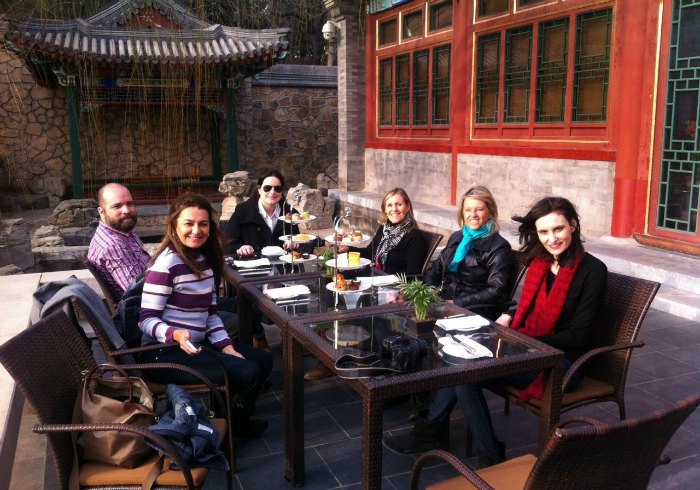 The travel companions enjoying a surprise afternoon tea at the Aman Summer Palace.
The travel companions enjoying a surprise afternoon tea at the Aman Summer Palace.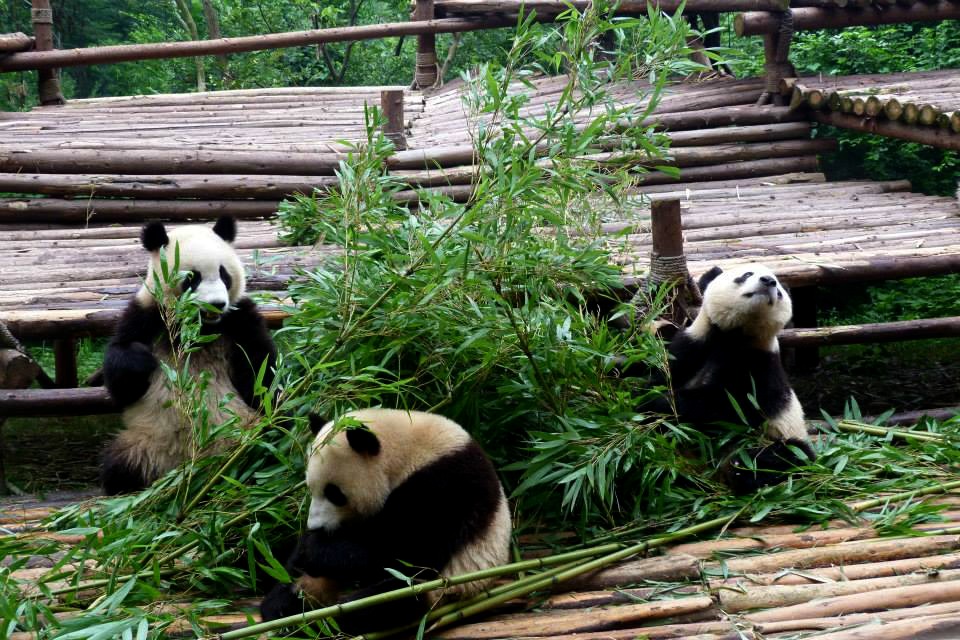
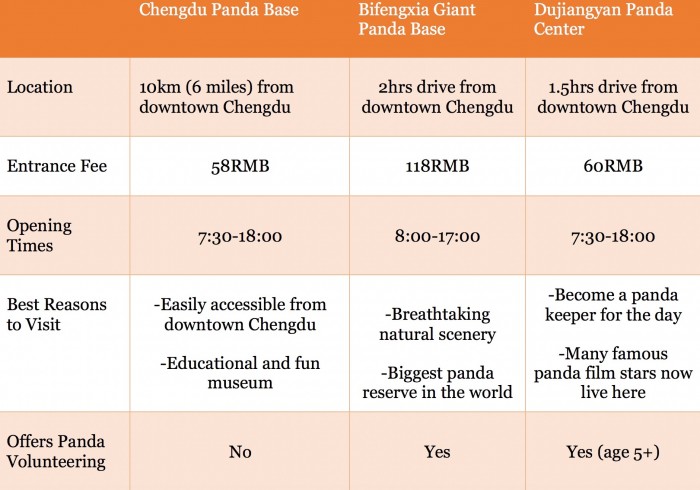
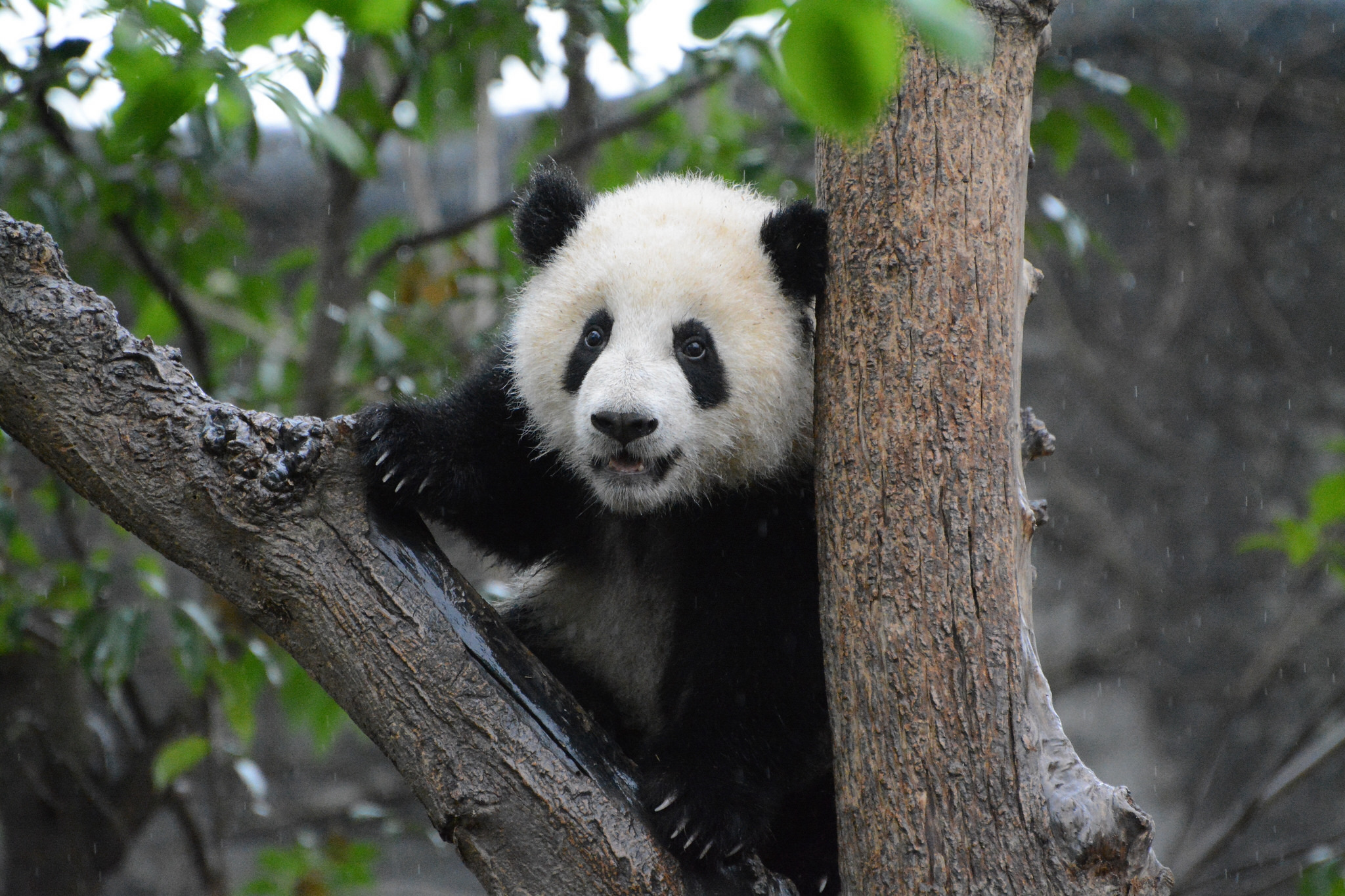
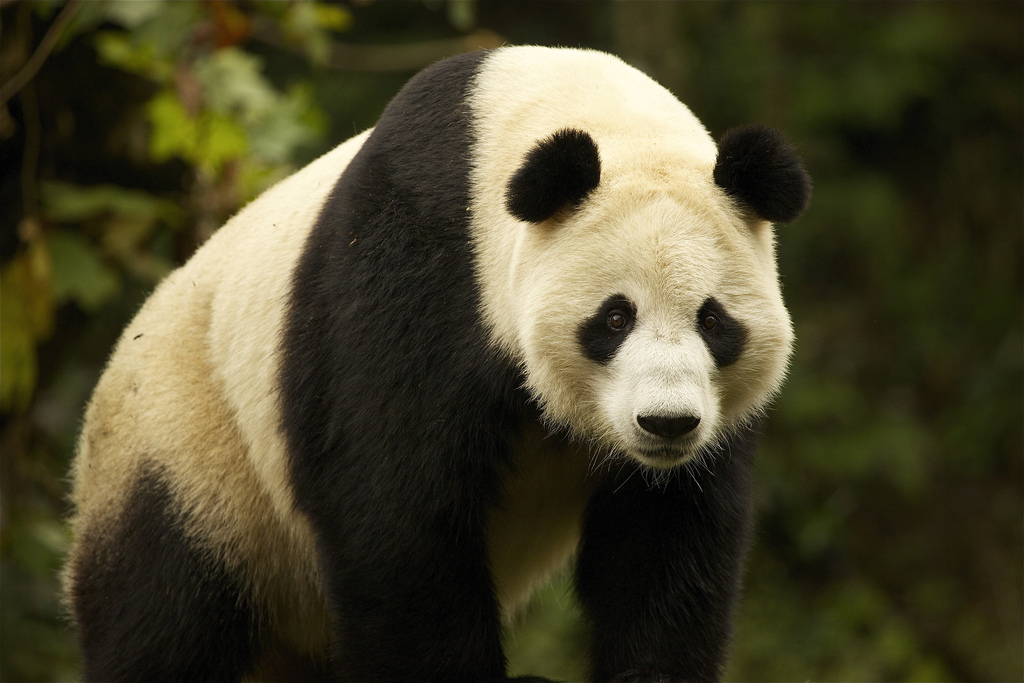 A giant panda at the Bifengxia Base. Photo by M. Jong-Lantink
A giant panda at the Bifengxia Base. Photo by M. Jong-Lantink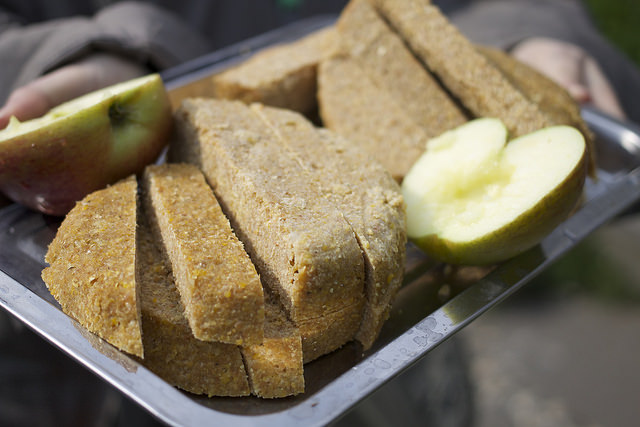 Panda snacks at Dujiangyan. Photo by L.W. Yang.
Panda snacks at Dujiangyan. Photo by L.W. Yang.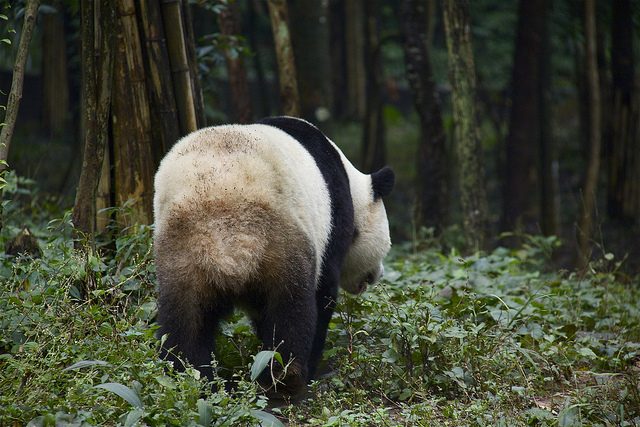 A panda turns to go. Photo by M. Jong-Lantink
A panda turns to go. Photo by M. Jong-Lantink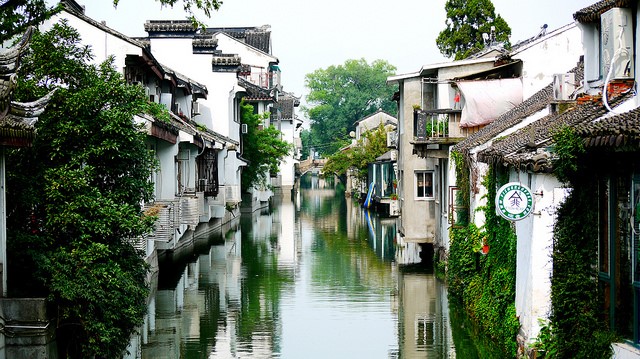 Suzhou Canals by _chrisUk via Flickr
Suzhou Canals by _chrisUk via Flickr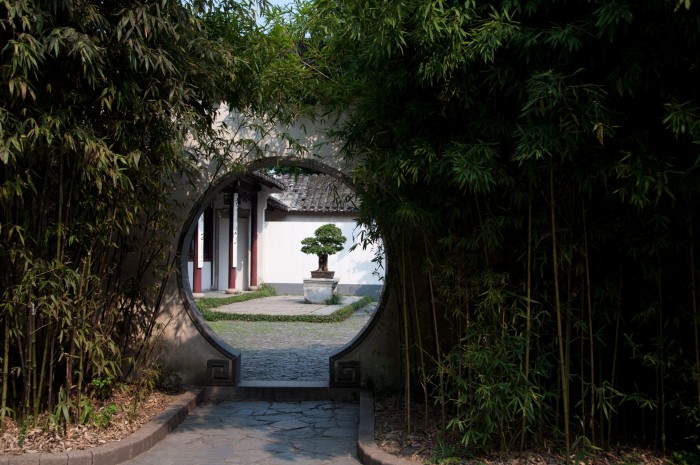
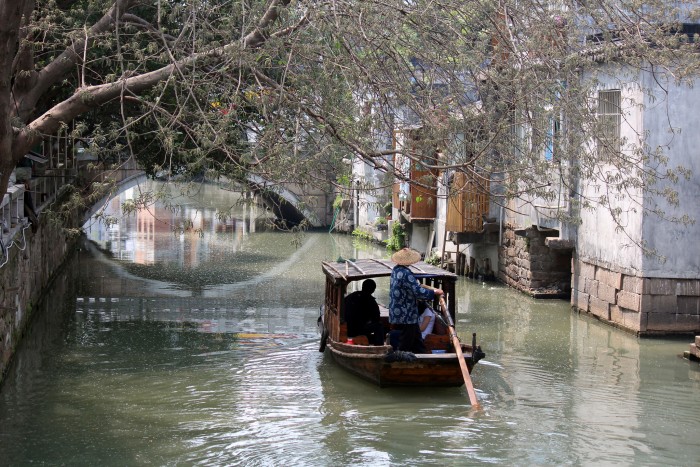
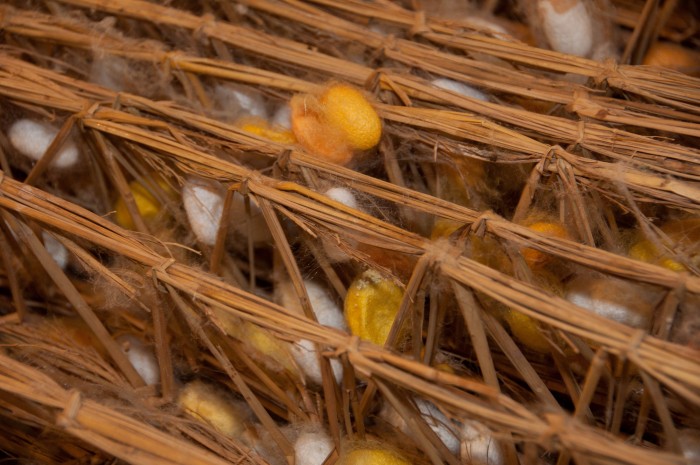
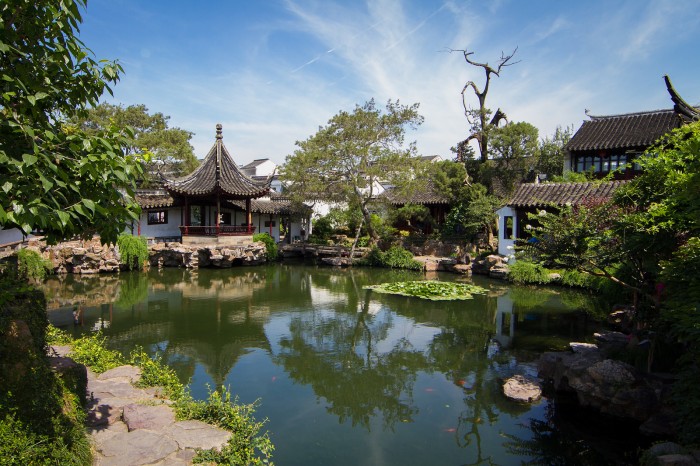
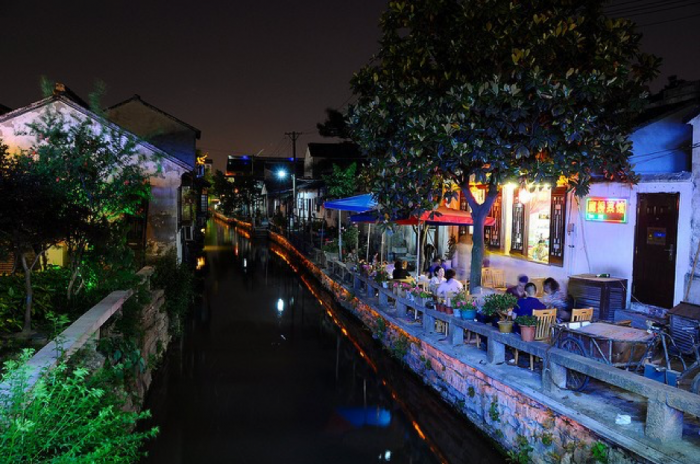
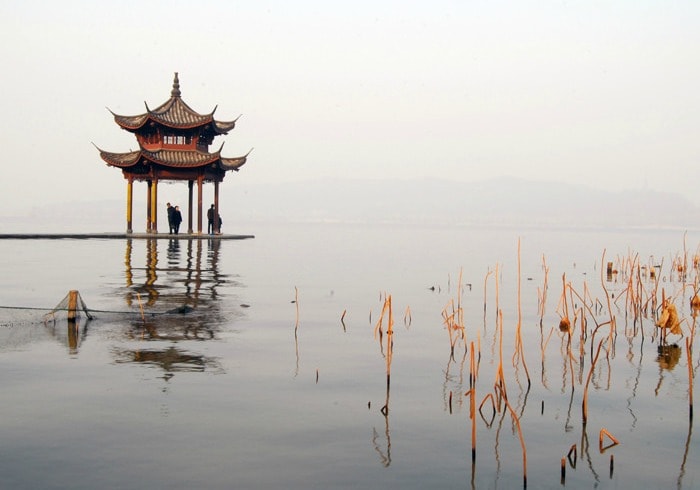
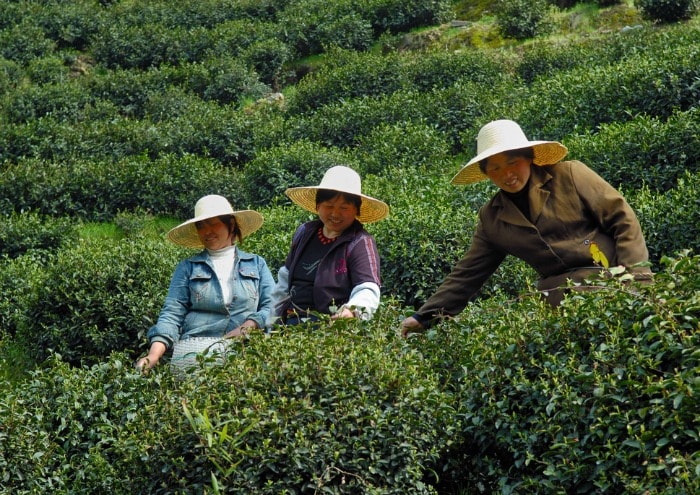
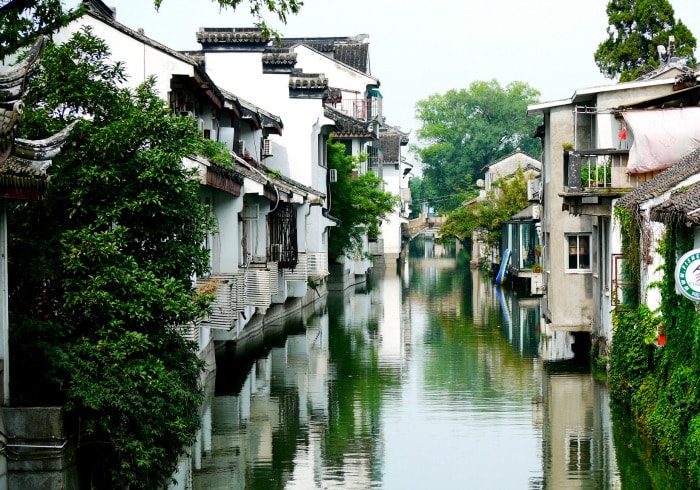
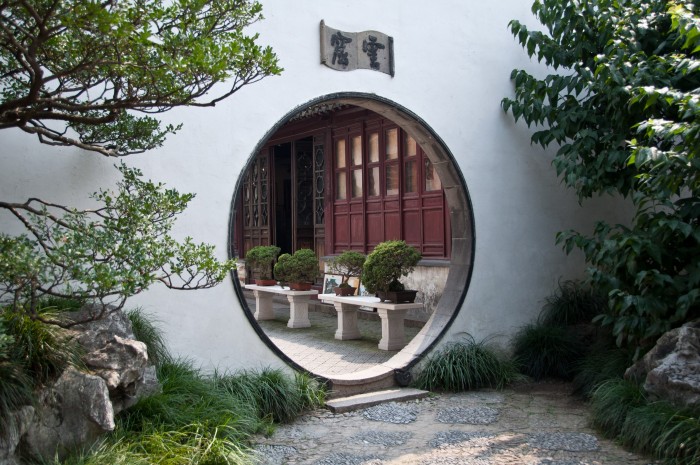
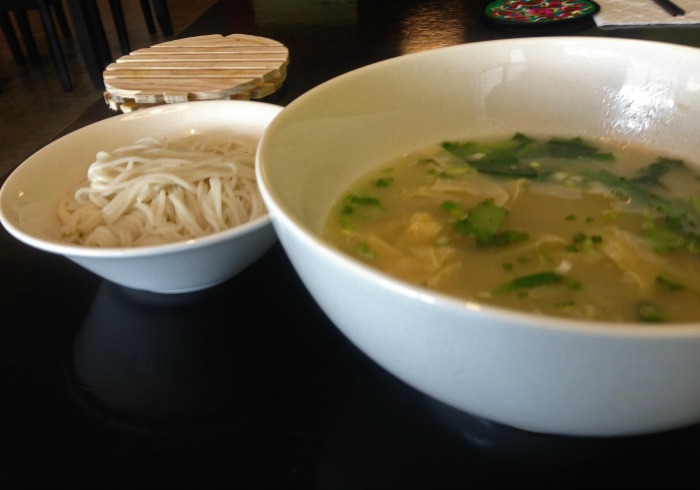
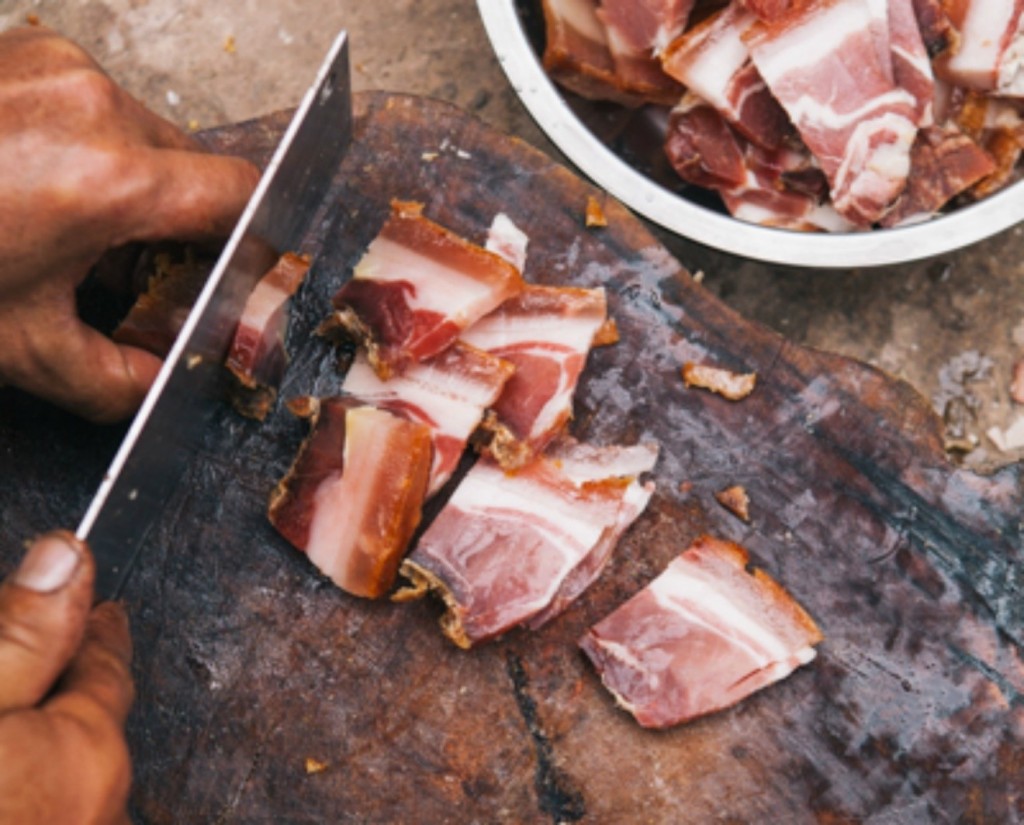
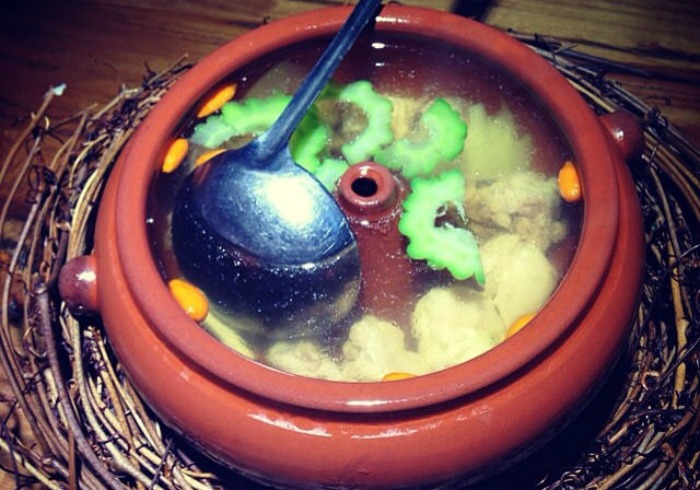
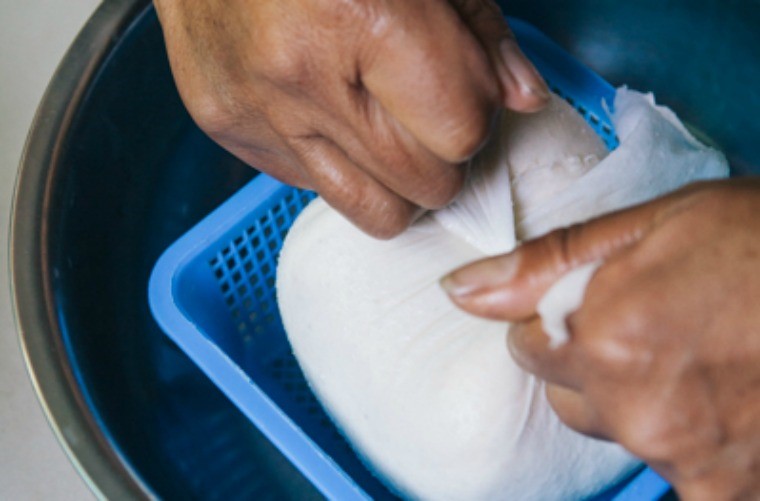
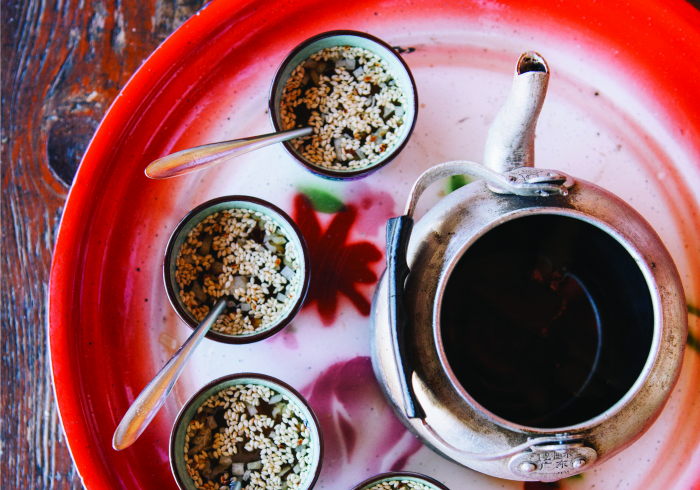
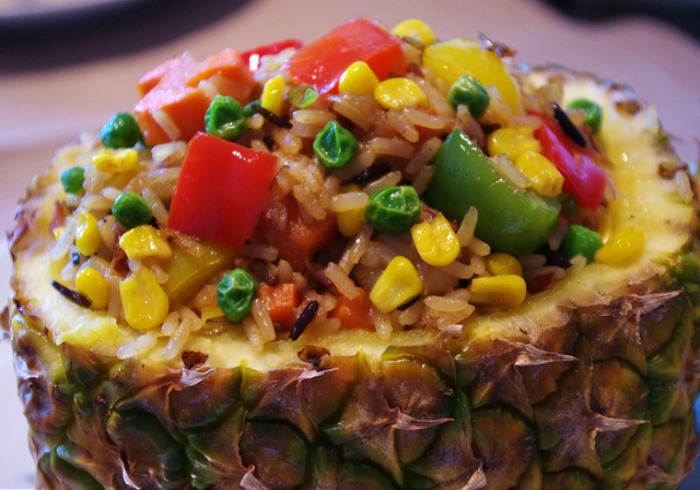
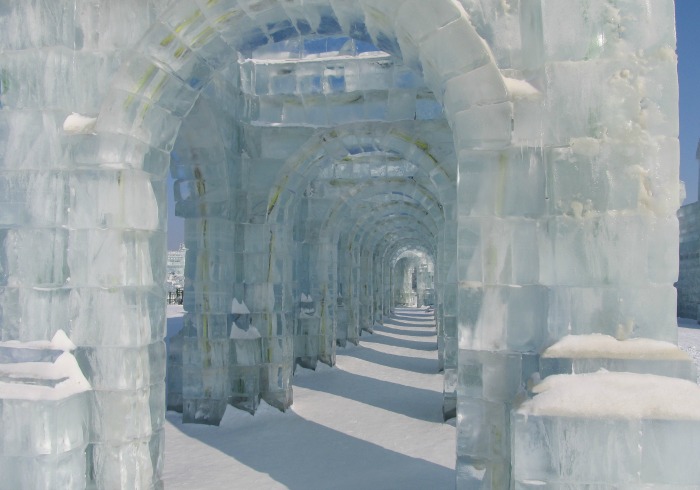 Harbin Ice Sculpture
Harbin Ice Sculpture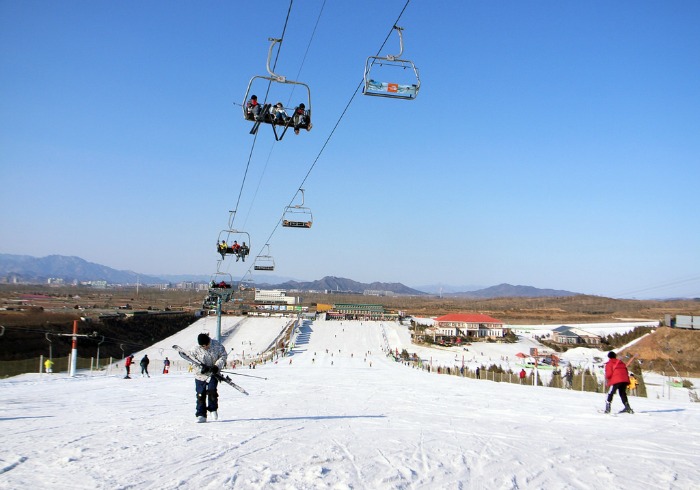
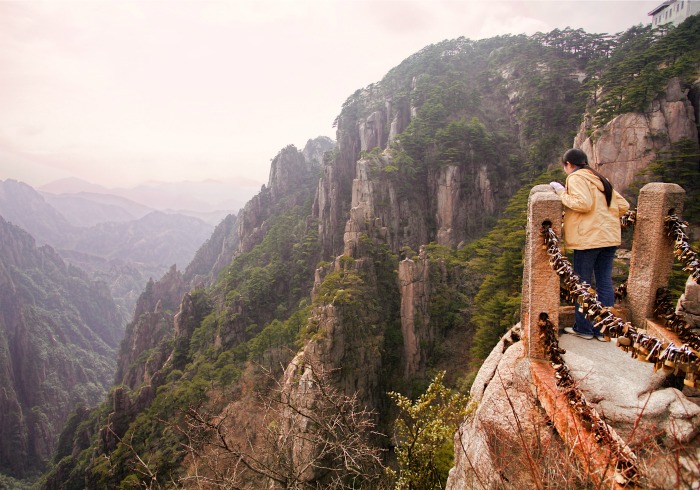
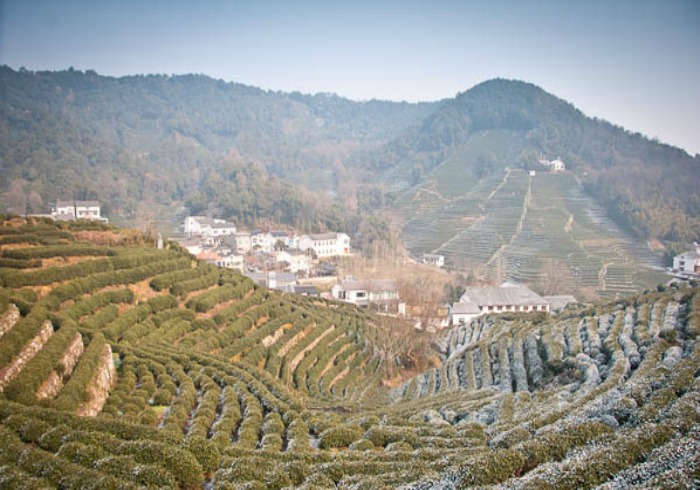
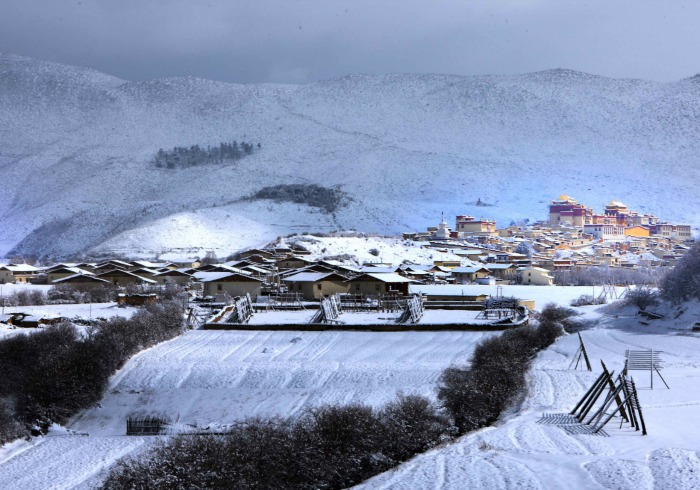 Shangri-La in Snow
Shangri-La in Snow 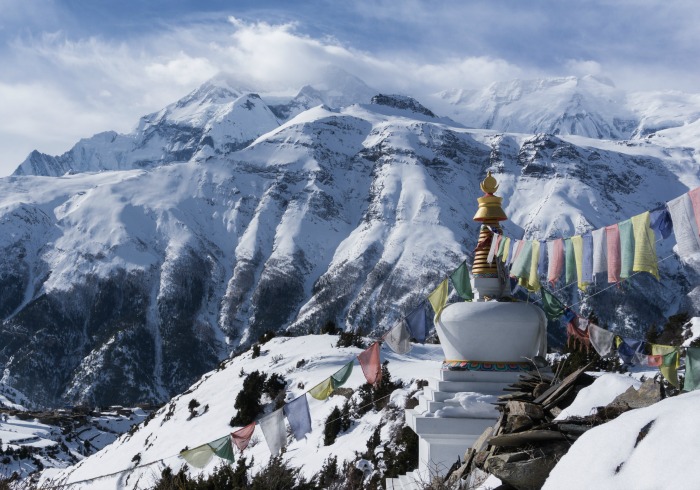
![Self-Guided Biking Tour of Dali [Downloadable Map]](http://www.chinaguidez.com/wp-content/uploads/2019/04/20190424_5cc029e5d2739.jpg)
![Self-Guided Biking Tour of Dali [Downloadable Map]](http://www.chinaguidez.com/wp-content/uploads/2019/04/20190424_5cc029e617432.jpg)
![Self-Guided Biking Tour of Dali [Downloadable Map]](http://www.chinaguidez.com/wp-content/uploads/2019/04/20190424_5cc029e63e7f4.jpg)
![Self-Guided Biking Tour of Dali [Downloadable Map]](http://www.chinaguidez.com/wp-content/uploads/2019/04/20190424_5cc029e6657f7.jpg)

